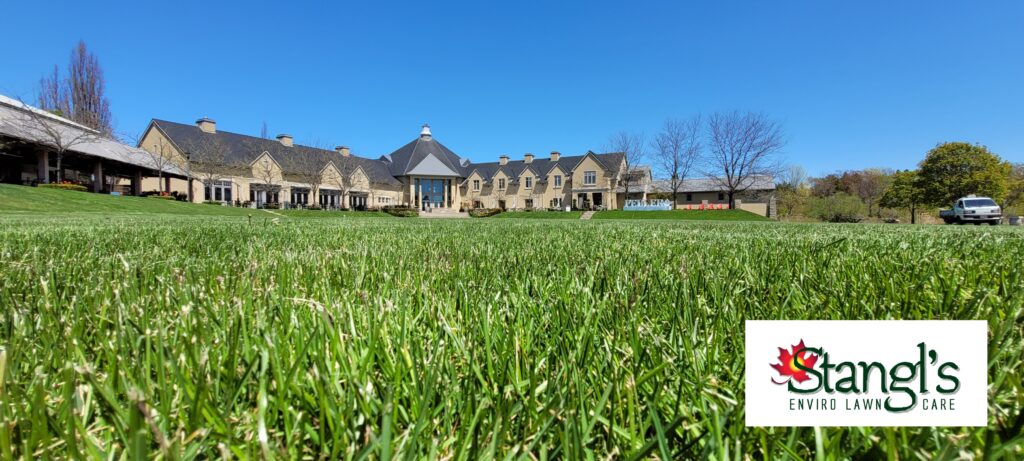As a young entrepreneur in 1981, Michael Stangl started his lawn care business with the same approach that many in the industry still use today – the “More-On Approach.” This approach relies on a heavy use of fertilizers and sprays to achieve a green and weed-free lawn, often at the expense of soil health and ecosystem balance.
But Stangl soon realized that this approach was not sustainable, neither for his own health nor for the health of the environment and communities he served. He began to research and learn about soil biology, plant diversity, and the interconnectedness of life that exists within and around lawns.
One of the first things Stangl discovered was the reason why weeds grow in the first place. Contrary to popular belief, weeds are not just unwanted plants that need to be killed, but rather they are indicators of soil health and imbalances. Weeds, as lower successional plants, thrive in nutrient-rich, disturbed soils that lack diversity and balance. They are nature’s way of healing and restoring soil health, by breaking up compacted soils, increasing organic matter, and providing food and habitat for beneficial insects and microorganisms.
Stangl also realized that the “More-On Approach” was actually counterproductive to building soil health, as it relied on high inputs of nitrogen, which not only weakened plants but also led to more weed growth and pest problems. Nitrogen, a key component of fertilizers, requires four molecules of water to assimilate into plant tissues. This excess water can cause roots to become shallow, and lawns to become more susceptible to drought, disease, and insect infestations.
Moreover, the high levels of nitrogen can lead to an imbalance in soil microorganisms, favoring fast-growing bacteria over beneficial fungi and protozoa, which play important roles in nutrient cycling and plant health. This imbalance can further lead to soil compaction, as the bacteria consume organic matter and release CO2, causing soil particles to clump together.
To address these issues, Stangl developed a regenerative approach to lawn care, focused on building soil health and plant diversity. His approach starts with a Soil Health Calculation, a free service offered to homeowners, that assesses the biological and physical properties of the soil. This allows his team to develop a customized plan for each lawn, based on the unique needs and conditions of the soil.
Stangl’s team then uses a Regen Safe Lawn Process, which avoids the use of synthetic fertilizers and toxic sprays, and instead focuses on organic matter inputs, compost extract applications, and mycorrhizal inoculations. These practices help to increase soil biology and diversity, build soil structure and water-holding capacity, and support the growth of deep-rooted, drought-tolerant grasses.
Stangl’s commitment to soil health doesn’t end there. His company has an in-house lab to perform soil biological assays, to monitor and improve the soil’s health over time. They also educate homeowners on the benefits of soil health, and the role that they can play in supporting healthy ecosystems and communities.
In conclusion, Michael Stangl’s journey from the “More-On Approach” to soil health is a testament to the power of knowledge, innovation, and commitment to sustainability. His company, Stangl’s Enviro Lawn Care, is leading the way in the lawn care industry, by offering a regenerative approach that benefits not only lawns but also the environment and society as a whole.
